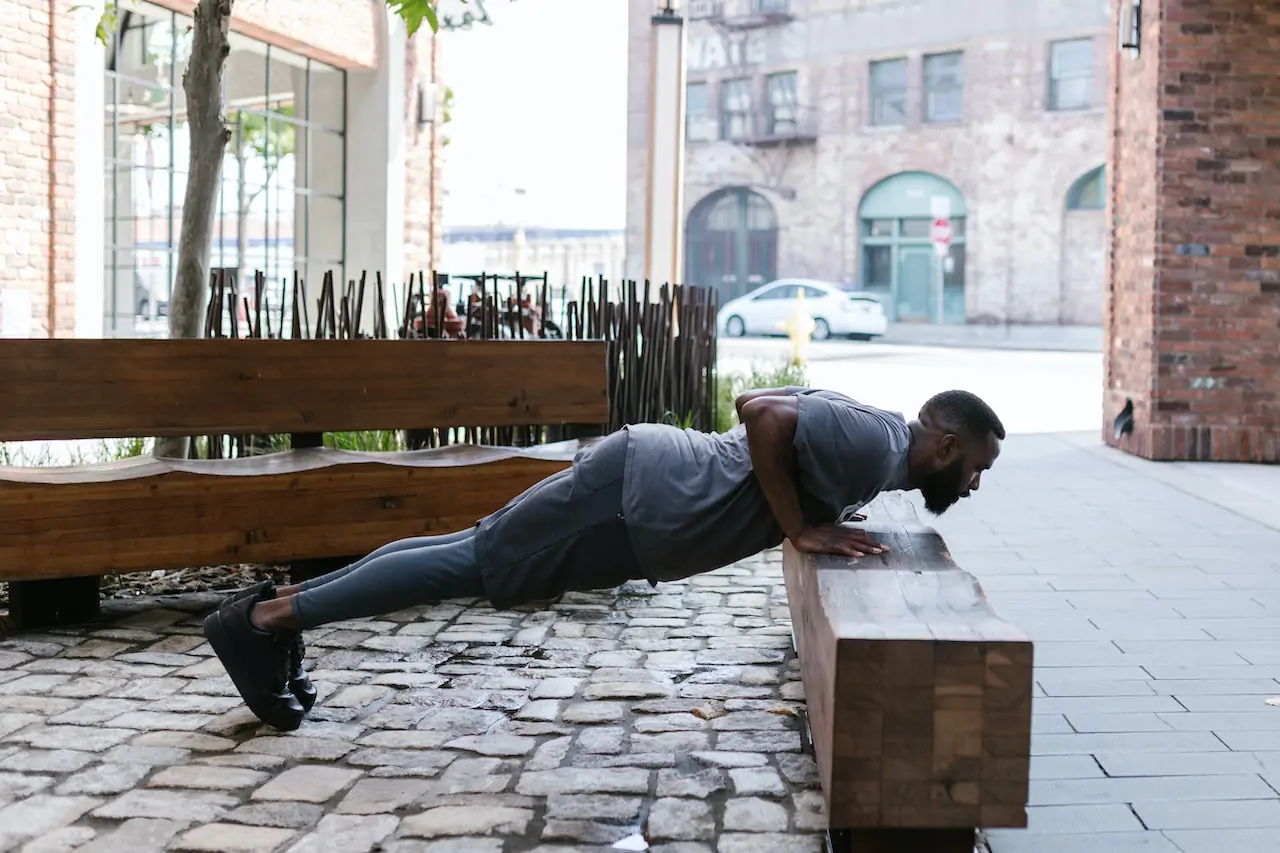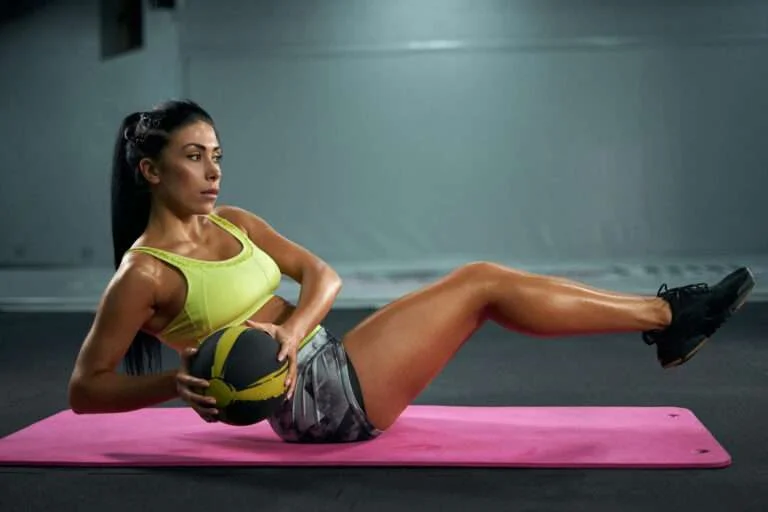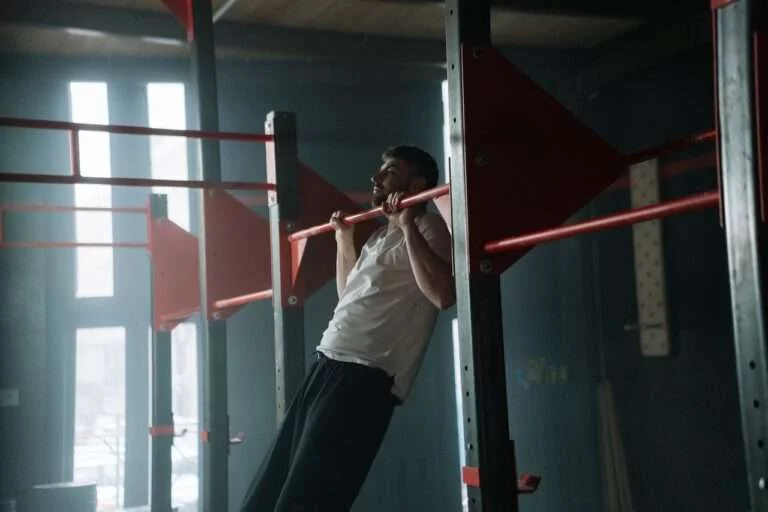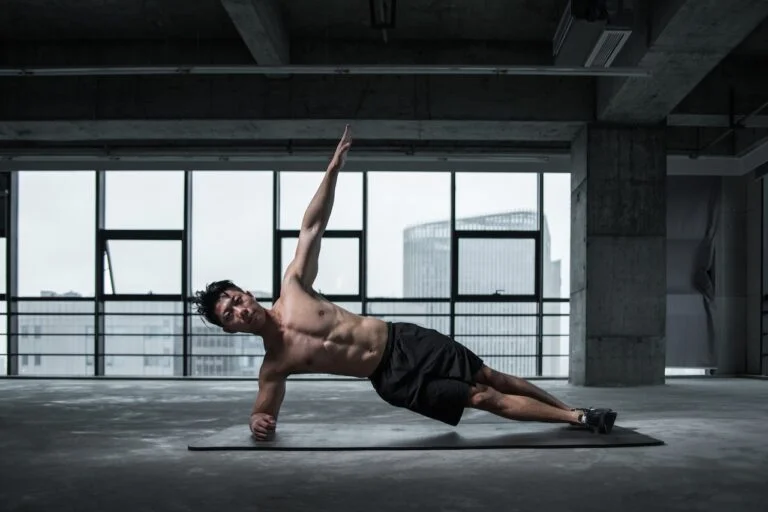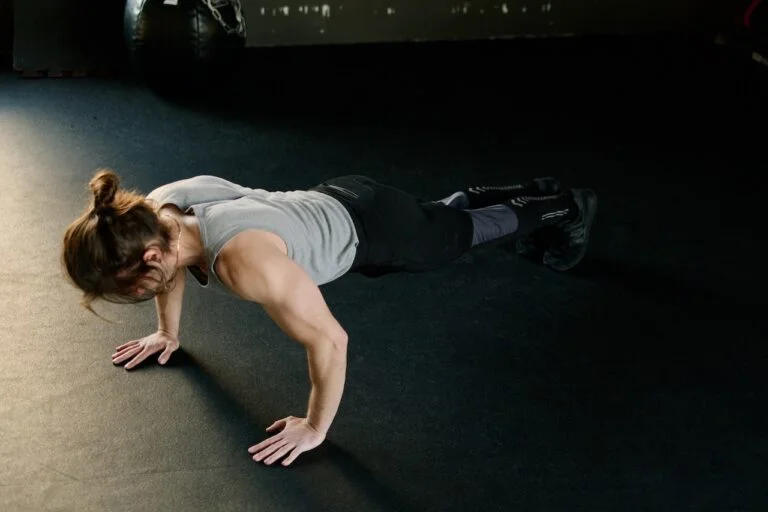Incline Push-Ups: Form, Benefits, and Variations
Incline push-ups are a versatile and effective bodyweight exercise that is a foundational exercise of training. Incline push-ups can be modified to your fitness level, whether you’re a beginner looking to develop strength or an experienced athlete looking for variety in your workout routine. This detailed article will go into great detail on incline push-ups, including the right techniques, the multiple benefits they offer, and several hard variations.
Understanding Incline Push-Ups
What Are Incline Push-Ups?
Incline push-ups are a variation of the classic push-up, designed to target the chest, shoulders, and triceps. They are performed with the upper body elevated on a surface like a bench, step, or sturdy platform. This elevated position shifts the focus of the exercise and provides a great entry point for those new to push-ups.
Muscle Groups Targeted
Incline push-ups provide an effective means of targeting the upper chest while also engaging the shoulders, triceps, and core to a degree.
- Chest (Pectoralis Major): While regular push-ups target overall chest muscles, Incline push-ups place significant focus on the upper chest muscles. This is why they are often recommended for individuals looking to develop and strengthen the upper part of their chest.
- Front Shoulders (Anterior Deltoids): The anterior deltoid muscles are engaged as you push your body away from the inclined surface. They assist in shoulder flexion during the exercise.
- Triceps Brachii: The triceps are actively involved in extending the elbows during the upward phase of the incline push-up.
- Serratus Anterior: This muscle helps stabilize the shoulder blades and is engaged to a certain extent during incline push-ups.
- Core Muscles: While not the primary focus, the core muscles, including the rectus abdominis and obliques, are engaged to maintain a stable body position throughout the exercise.
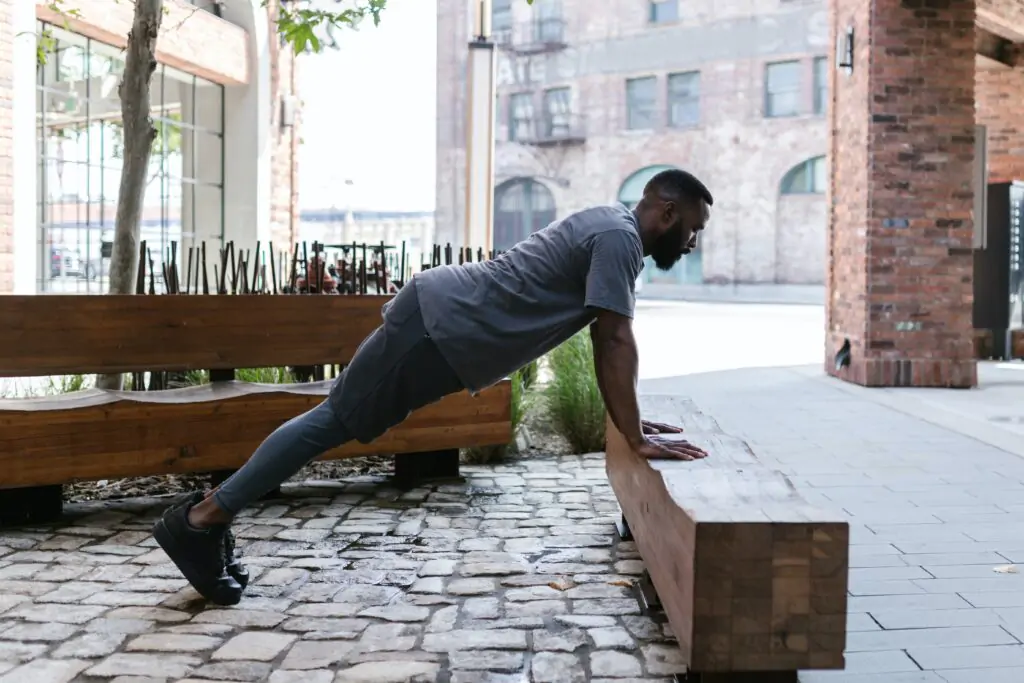
Proper Form and Technique
The key to getting the most out of incline push-ups is how to do them correctly. In order to perform incline push-ups properly:
- Select the Right Surface: Choose a stable surface, such as a bench or step, to elevate your upper body. The height should match your fitness level.
- Hand Placement: Position your hands slightly wider than shoulder-width apart on the elevated surface. Your fingers should point forward.
- Body Alignment: Ensure a straight line from your head to your heels, maintaining a tight core and neutral spine.
- Execution: Lower your chest toward the elevated surface in a controlled manner. Keep your elbows close to your body. Push through your palms to return to the starting position. Fully extend your elbows, but avoid locking them.
- Breathing: Inhale as you lower yourself and exhale as you push up. Maintain steady, controlled breathing throughout the exercise.
Benefits of Incline Push-Ups
Incline push-ups offer several advantages:
- Chest Development: They are particularly effective at targeting and strengthening the chest muscles, contributing to a well-defined upper body.
- Upper Body Strength: Incline push-ups build overall upper body strength, including the shoulders and triceps, promoting functional fitness.
- Joint-Friendly Option: For individuals with wrist or shoulder issues, incline push-ups can be a kinder alternative to traditional push-ups. The elevated hand position reduces stress on these joints while still providing a challenging workout.
- Versatility: These push-ups can be modified to suit beginners, intermediates, and advanced athletes alike.
- Progression: As your strength improves, you can increase the incline or add resistance to make the exercise more challenging.
Incline Push-Up vs. Regular Push-Up
Push-ups are a staple in bodyweight training, but there are variations to consider. Here’s a quick comparison between incline push-ups vs. regular push-ups:
Regular Push-Ups:
- Engage multiple muscle groups.
- Build functional upper body strength.
- Suitable for various fitness levels.
- Can be challenging for beginners.
Incline Push-Ups:
- Target upper chest muscles.
- Gentler on wrists and shoulders.
- Good for beginners and those with joint issues.
- Can work as the starting point for standard push-ups.
Common Mistakes to Avoid
To maximize the benefits of incline push-ups, steer clear of these common errors:
- Lack of Proper Alignment: Maintain a straight line from head to heels; avoid sagging or arching your back.
- Incomplete Range of Motion: Perform full-range push-ups to engage the muscles fully.
- Neglecting Breathing: Consistent and controlled breathing is essential for performance and safety.
Incorporating Incline Push-Ups into Your Workout Routine
To include incline push-ups effectively in your fitness regimen:
- Warm-Up: Use incline push-ups as part of your warm-up routine to activate the chest, shoulders, and triceps.
- Workout Structure: Incorporate incline push-ups into a balanced upper-body or full-body workout routine.
- Frequency and Progression: Gradually increase the intensity by lowering the incline or incorporating resistance, increase reps and sets, and monitor your progress.
Conclusion
Push-ups on an angle are a helpful exercise to add to your fitness routine. They offer a range of advantages, are adaptable to different fitness levels, and allow for progression. You can use incline push-ups to efficiently build upper body strength, improve muscular definition, and reach your fitness goals by mastering the appropriate form and experimenting with different variations. These push-ups provide an enjoyable challenge for your workouts no matter your level of experience as an athlete.
